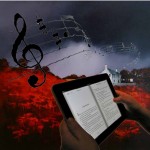About Scholarship from China Scholarship Council for Chinese PhD candidates: from TU/e; from CSC (in Chinese).
The department of Industrial Design (ID) of the Eindhoven University of Technology (TU/e) is located in a highly industrialized region, known as ‘Brainport’. This region is internationally recognized as a top technology area with a special focus on the integration of design and technology. The department was established in close collaboration with the technological industry, and, because of this, focuses its research on the Design of Intelligent Systems, Products and related Services in a social context. With these intelligent systems it aims at offering new, breakthrough possibilities leading to societal transformations.







